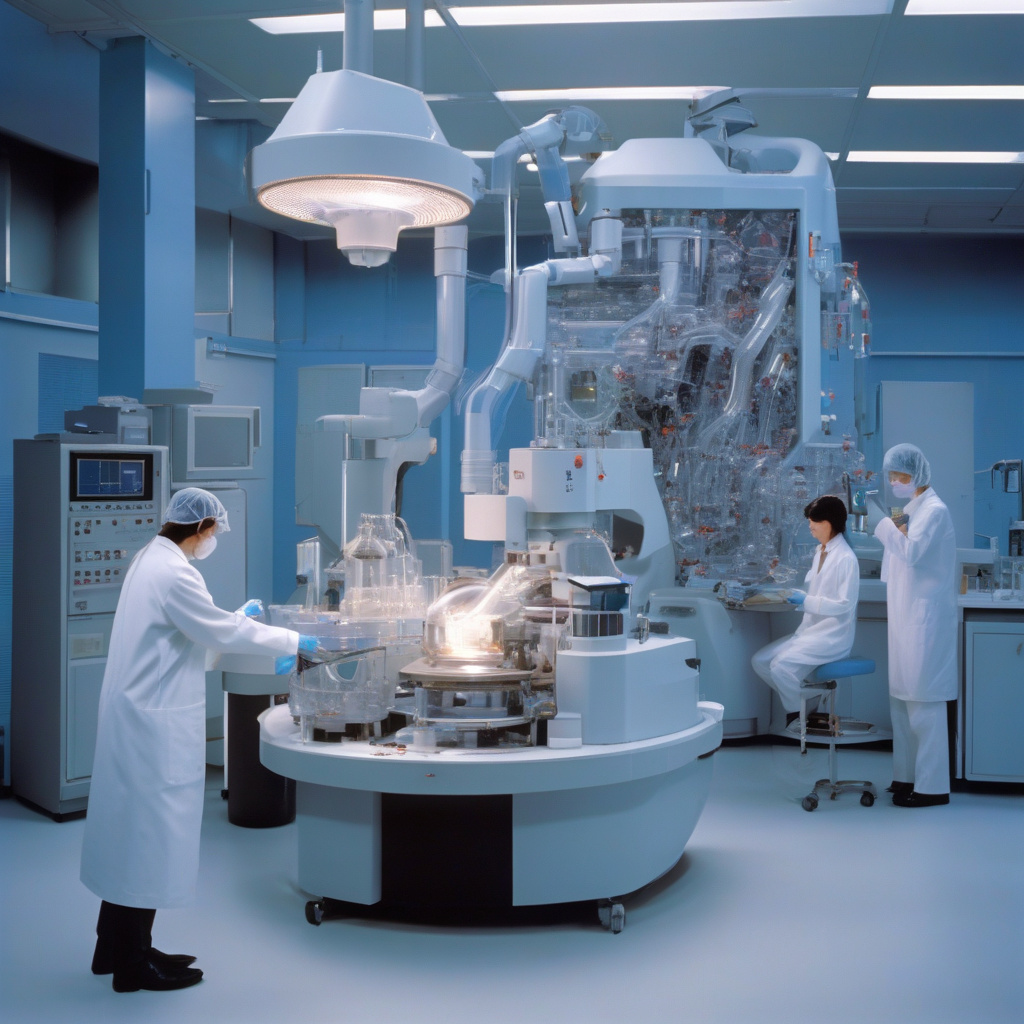Japan’s Electron Beam Revolutionizes Plastic Recycling Efficiency
Researchers in Japan have developed a groundbreaking method that significantly reduces the energy required to recycle Teflon and other forever plastics. This innovative approach utilizes an electron beam to break down the molecular structure of plastics, transforming them into valuable raw materials. Not only does this cutting-edge technology address the pressing issue of plastic waste, but it also offers a sustainable solution that aligns with Japan’s commitment to environmental conservation and technological advancement.
Traditional methods of recycling plastics often involve intensive processes that consume substantial amounts of energy and resources. However, the new electron beam technique developed in Japan has the potential to revolutionize the recycling industry by making the process more efficient and environmentally friendly. By using half the energy typically required for recycling Teflon, researchers have demonstrated the effectiveness of this innovative approach in reducing carbon emissions and promoting sustainability.
The key to this groundbreaking technology lies in the precise application of electron beams to break down the complex molecular structure of forever plastics. Unlike conventional recycling methods that may result in degradation of the material or require high temperatures, the electron beam process offers a more controlled and energy-efficient way to convert plastics into their original components. This not only reduces waste but also allows for the creation of high-quality raw materials that can be reused in various industries.
One of the major advantages of the electron beam recycling technology is its ability to tackle the challenge of recycling Teflon, a notoriously difficult material to process. Teflon, known for its non-stick properties and heat resistance, has long posed a recycling challenge due to its stable chemical structure. By harnessing the power of electron beams, researchers in Japan have found a way to overcome this obstacle and effectively recycle Teflon with minimal energy input.
Moreover, the electron beam recycling method offers a more sustainable alternative to landfilling or incinerating plastic waste, which can have harmful environmental consequences. By converting forever plastics into raw materials that can be used to create new products, this innovative technology contributes to a circular economy model that promotes resource efficiency and waste reduction. In addition to reducing the carbon footprint associated with plastic production, the electron beam recycling process helps conserve natural resources and minimizes environmental pollution.
As countries around the world strive to address the growing plastic waste crisis, Japan’s electron beam technology stands out as a beacon of innovation and sustainability. By transforming the way we approach plastic recycling, this groundbreaking method has the potential to revolutionize the industry and pave the way for a more sustainable future. With its ability to convert forever plastics into valuable raw materials using half the energy, the electron beam technology represents a significant step towards achieving a circular economy and reducing our reliance on single-use plastics.
In conclusion, Japan’s electron beam technology offers a promising solution to the challenges of plastic recycling by enhancing efficiency, reducing energy consumption, and promoting sustainability. By harnessing the power of innovation and scientific advancement, researchers have unlocked a new way to turn forever plastics into valuable resources, contributing to a cleaner and greener future for our planet.
#Japan, #ElectronBeam, #PlasticRecycling, #Sustainability, #CircularEconomy











